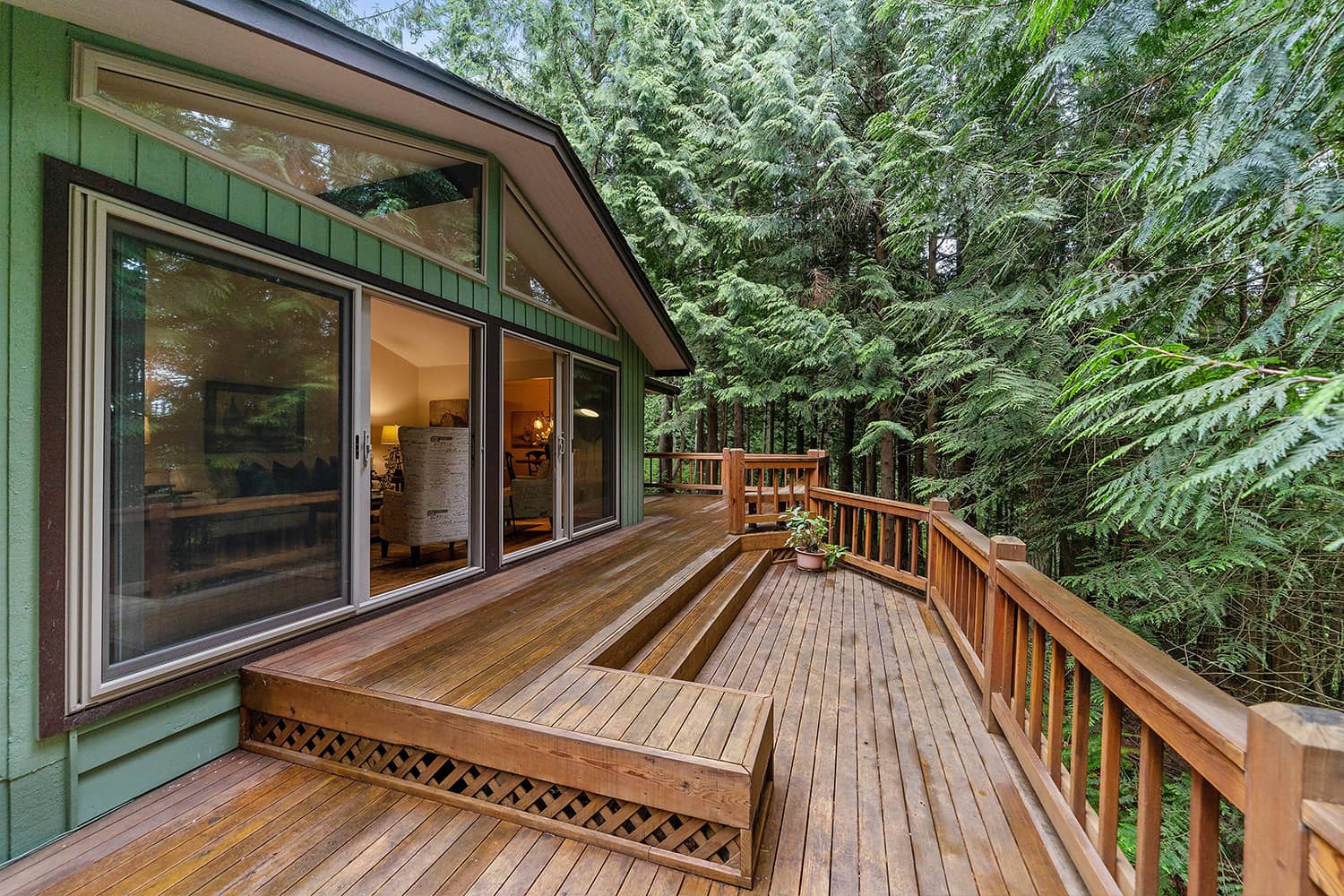A common mistake is to assume that raised decks do not require planning or building regulations approval. As the property owner, you – and no one else – are responsible for obtaining all necessary permits. Failing to get planning approval or sign off from a building inspector can have serious consequences. That’s why you should check with your council planning department before you start your decking project.
When it comes to design and build, the most common mistakes are made in relation to the substructure. For example, using timber components with insufficient strength or which lack the durability (resistance to biodegradation) to provide a long and safe life. Timber deck substructures are commonly made from pressure treated, structurally graded softwood – C16 or the higher strength C24, which is best for decks on sloping sites.
You should only use softwood components factory pre-treated with an industrial preservative. The level of treatment is tailored to a component’s end use application or ‘use class’. Products in direct contact with the ground or any part of a substructure that would be difficult and costly to replace should always be impregnated to the use class 4 specification. The TDCA has some free guidance on how to make sure the treated wood you buy is fit for purpose.
Another common mistake is to use screws, nails and metal fixings that aren’t suitable for outdoor use. It may save money at the outset, but you will pay the price in the long run when problems start occurring. For example, rust can stain the wood or fixings may corrode, leading to premature failure of connections and safety issues. That’s why you should choose stainless steel or specialist coated fixings specifically designed for outdoor decking use.






